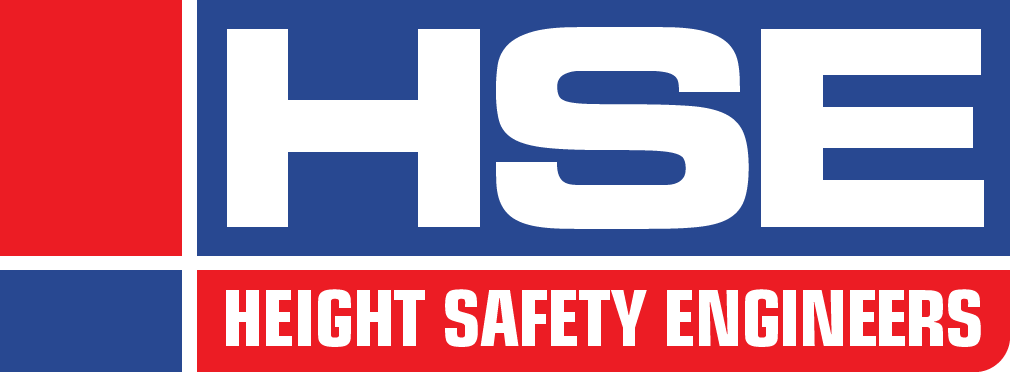This course provides participants with the skills and knowledge needed to conduct hazard and risk analysis of their workplace and then issue appropriate work permits.

This course teaches participants how to identify and assess workplace hazards and complete the paperwork required to issue work permits.
This course provides participants with the skills and knowledge needed to conduct hazard and risk analysis of their workplace and then issue appropriate work permits.
This includes the entire process from understanding when a risk analysis should be completed through to assessing hazards, determining control methods and reassessment of risk.
It also provides participants with skills to issue appropriate permits for the completion of high-risk work. Having the ability to accurately and efficiently assess hazards is a critical skill for workers.
Identifying a hazard and understanding the consequences of leaving it without mitigation creates an environment where protecting people can become second nature.
A workplace hazard could be anything from exposed electrical cables to asbestos and silica dust. Work permits are required to be issued for certain high-risk activities after a risk analysis has been completed.
Permits are typically issued for work including hot works, excavation, confined space, electrical, lifting and more. There can also be many different reasons why a permit may be required before undertaking work.
Course Objectives And Content
Identify hazards
Assess, rank and control risks
Fill in required paperwork (including SWMS, JSA, JHA, etc)
Issue work permits
Monitor permits
Close permits
Height Safety Engineers have been in the business of protecting people for 20 years. Our mission is to provide industry best practice solutions, helping to maintain building compliance and work place safety.
Our accreditation
We have worked tirelessly to become one of the most credentialed height safety companies in Australia. We are dedicated to ensuring that everything we do exceeds industry best practice in every facet, and are dedicated to transparency and accountability in all parts of our work.
The National Association of Testing Authorities (NATA) has accredited HSE for compliance with ISO/IEC 17020 as a Type C Inspection Body.
The scope of our NATA accreditation is the broadest of any in the height safety industry in Australia. Through this accreditation, HSE’s clients can be assured that our testing and reporting on their height safety system is thorough, unbiased and completely independent.
Our team has also worked hard to gain certification in ISO 9001 Quality Management System and ISO45001 OH&S Management System.
Height Safety Engineers are also proud members of the Working at Heights Association of Australia. Through WAHA, we work with industry partners to help improve safety across all aspects of working at heights.
© 2025 coursetakers.com All Rights Reserved. Terms and Conditions of use | Privacy Policy